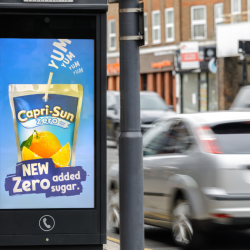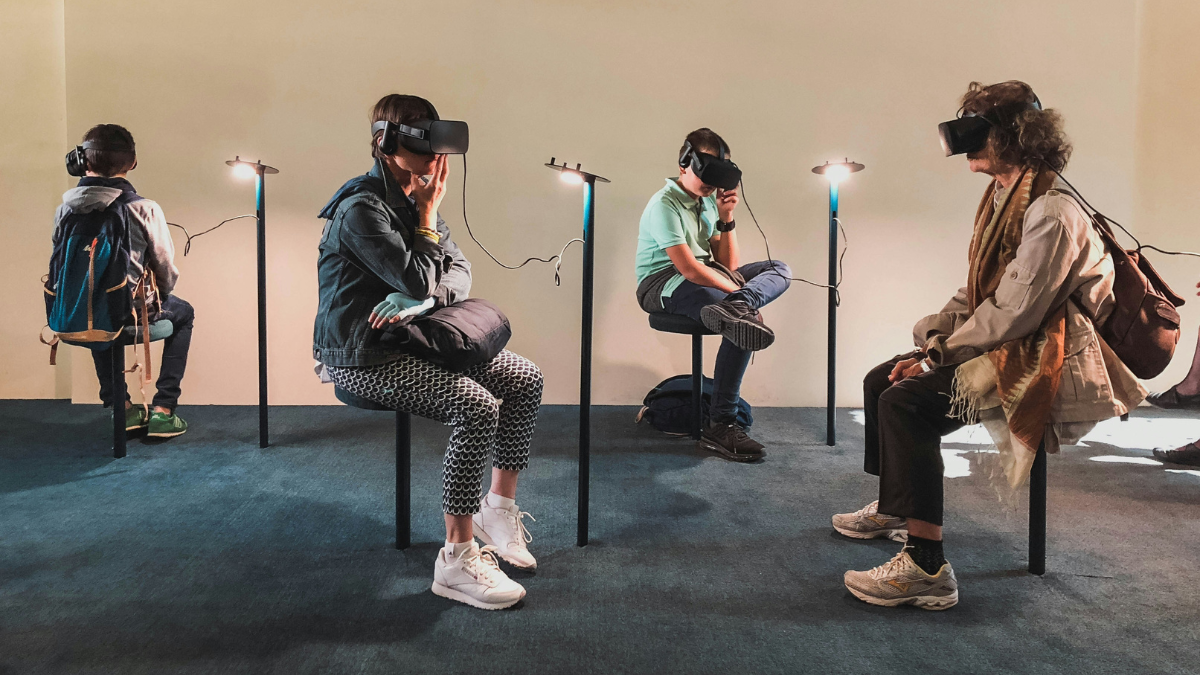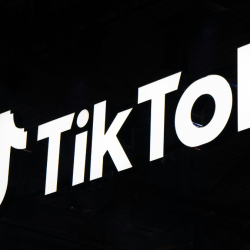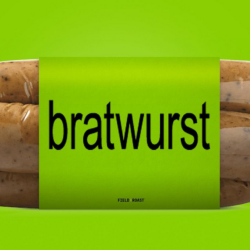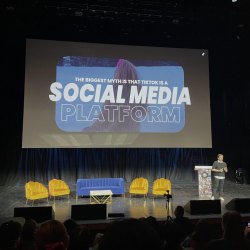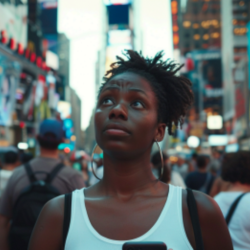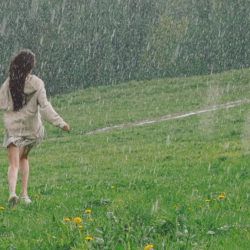Never has popular culture produced and metabolised so many trends at such a pace. When everything from the hazy memory of your (grand)mother’s jeans circa 2002 to the idea of your aura, to feeling cosy or just being a bit of a mess, can be crystallised into a pithy idea and subsequently commodified in 48 hours, brands and trend forecasters are left with a bit of an identity crisis. Trends analysis as a strategic practice is about contextualisation and navigation — making sense of the why driving the noisy what, and importantly knowing how to generate strategic and creative value with that information. To do that well, in the conditions of today’s frenetic pop culture landscape we need to take stock of how we work with time.
Interrogate nostalgia
Humans have a tendency towards what psychologists call ‘rosy retrospection’. And when we’re confronting big changes and crises, nostalgia rears its head in the pop cultural landscape. Younger generations have always been gently mocked by their elders for their obsession with retro stuff. TikTok today is full of #nostalgia, with a lot of ‘soothing’ content and 2014 Tumblr revivals (again). But none of us are impervious to nostalgia. Conversation in comment threads, client workshops and think pieces lament the loss of phone-free childhoods and actually good nightclubs.
This nostalgic impulse contributes to a cultural landscape, where endless sequels and revivals feel like the safest bet and the easiest sell. But nostalgia isn’t content, it’s a feeling. These nostalgic feelings are a pretty good indicator of what we value and what we’re missing. So how do we make these very human nostalgic impulses useful? We can ask ourselves and our cultures — what is it that we’re really missing and where is the gap with what we have now? We can’t put the apps and the gadgets back in Pandora’s box, but trends analysis can identify what kinds of feelings and behaviours we want in the present, and try to create strategies in service of those.
Demote recency
At the same time as we yearn for the past, within branding and marketing we remain obsessed with newness. This is usually newness defined as recency. Trend forecasters and commissioners will inevitably privilege signals that are as new as possible when they’re looking for evidence of change. But as we’ve seen, new stuff is often a rehash of old stuff, especially in a period of de-funded creativity. And the savviest of consumers are losing interest in newness and hyped drops. Early adopters and creators are engaging with archives, icons and ‘mothers’. Notably these references don’t necessarily code as nostalgic — rather they signify an openness, or even a need to seek originality from somewhere other than youth or ‘the latest’.
Platforms like Sourcewhere capitalise on how vintage and archival fashion is no longer just about emulating a given style period, but rather knowing that some of the best quality or most inspiring pieces have already been made, they’re just begging to be appreciated in a new context. Trends practice can take a cue from there — asking not so much what’s trending this month, but what and who is salient or meaningful in this moment and why? Further, trends analysts can help companies identify new contexts for the treasure buried in their archives or brand DNA.
Seek strangeness
There’s a clear role for trends to help us define the changing moment and lay out scenarios for where we’re heading. But this gets really powerful when the practice also generates meaningful ideas and unexpected connections. We can find this sort of generative newness in the stuff that feels ‘strange’. Whether that’s because it comes from a different category or culture, or simply because it’s an idea that hasn’t yet had its moment.
Strangeness, a little like nostalgia, is a useful mirror up to who we are now and who we could be. If nostalgia surfaces feelings about what would have been, strangeness surfaces feelings about what could be (for better or worse). The super innovative and buzzy Fantastic Toiles is using strangeness to shake up retail, by selling one-off designer prototype pieces in pop-up events, or ‘a nomadic dressing up box of oddities’ — their tagline is ‘Weird Fashion Boutique’.
In this period of algorithmic culture, strangeness can be the human-made or human-curated glitch we desire. When we’re doing trends work we can look for the strange and consider what possibilities it might convey, as well as what it says about the ‘noral’.
Moving towards a regenerative mindset
Perhaps the most important critique of trends is that their rapid replication and consumption is simply unsustainable. It’s harming our planet, our mental health and the state of creativity in culture.
Trends practice needs to distance itself from that particular function in order to remain relevant. Regenerative thinking focuses on restoring, renewing and replenishing as preferable to recycling — culture could be thought about in those terms, too.
By using trends analysis to learn from nostalgia, value depth over recency and find originality in strangeness, brands can identify opportunities to replenish the cultural ecosystem, to leave it better than they found it.
Featured image: Kamaji Ogino / Pexels
